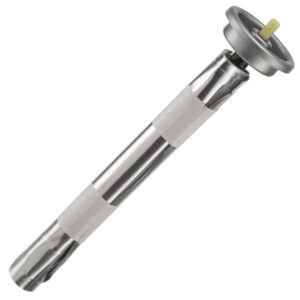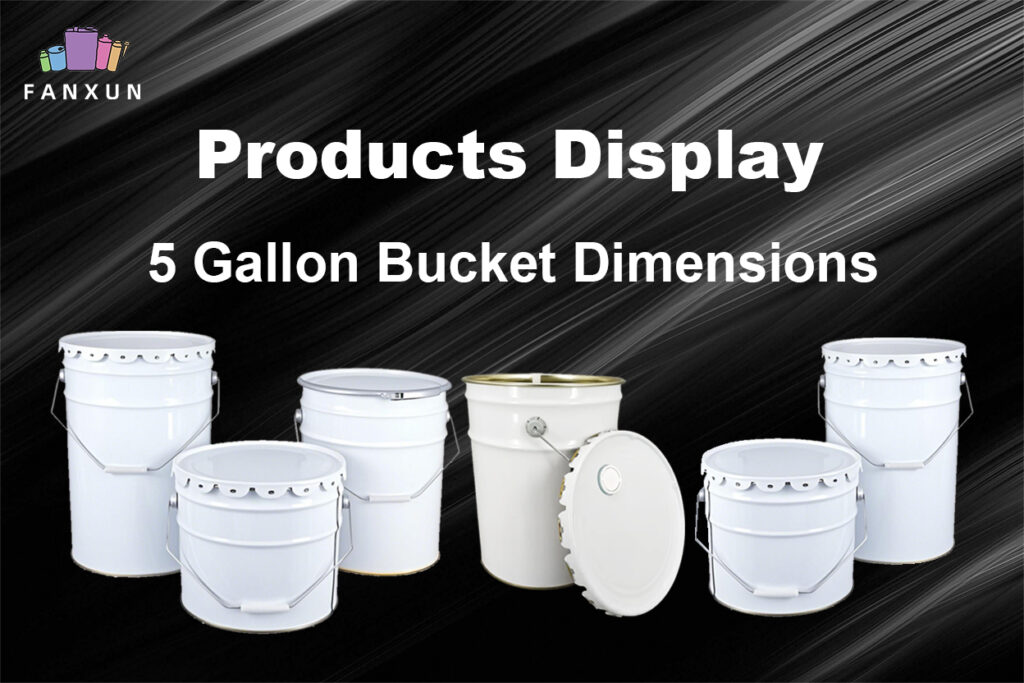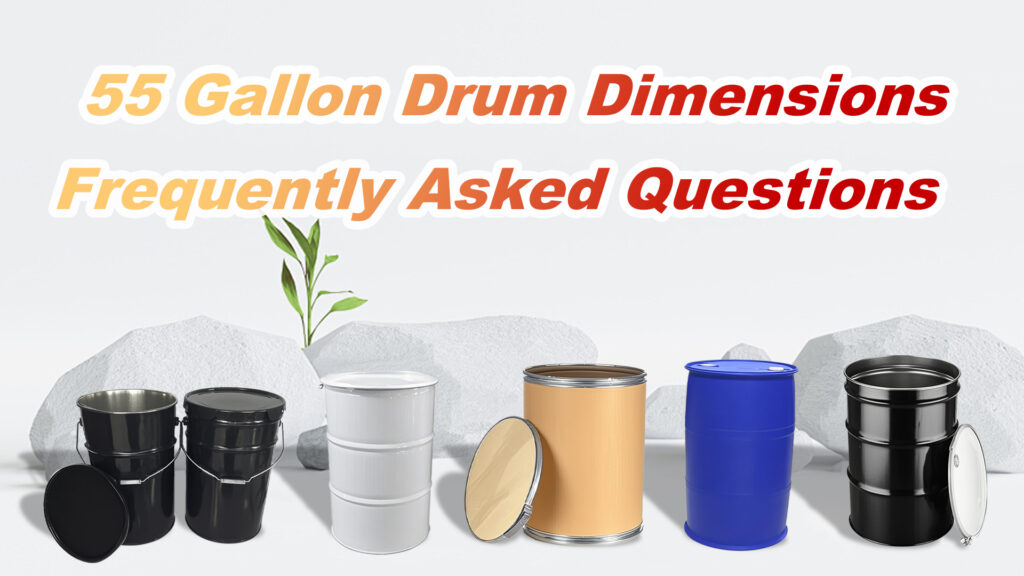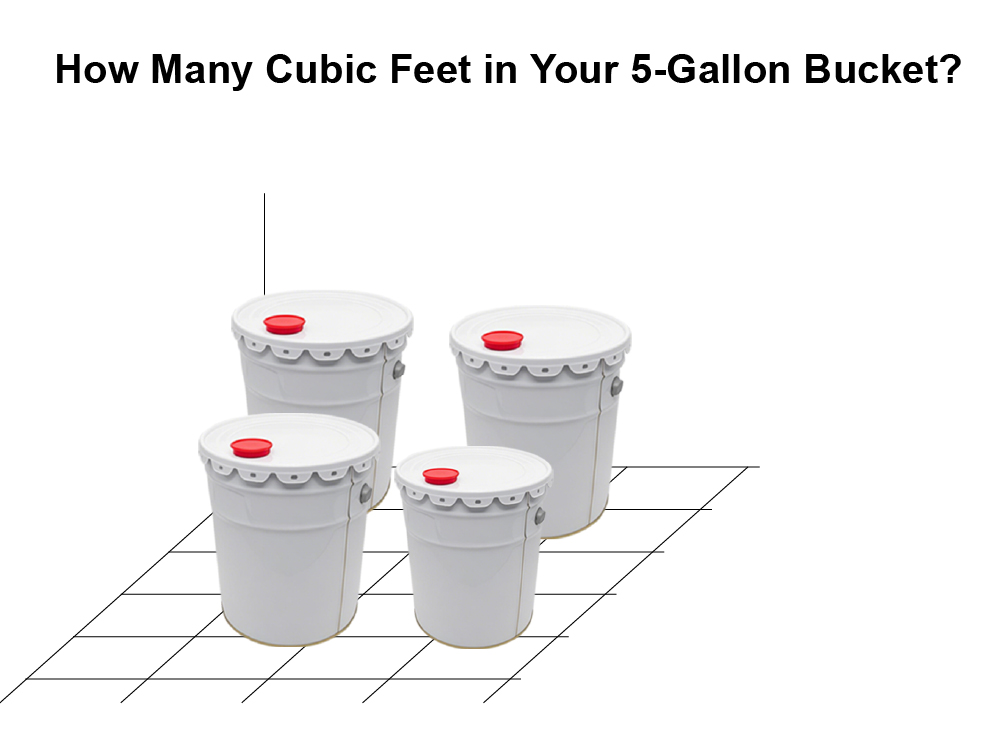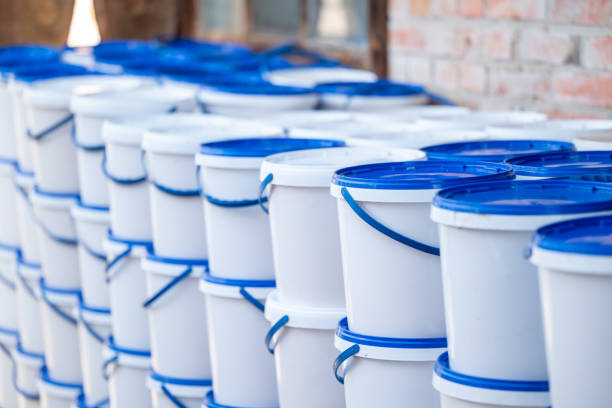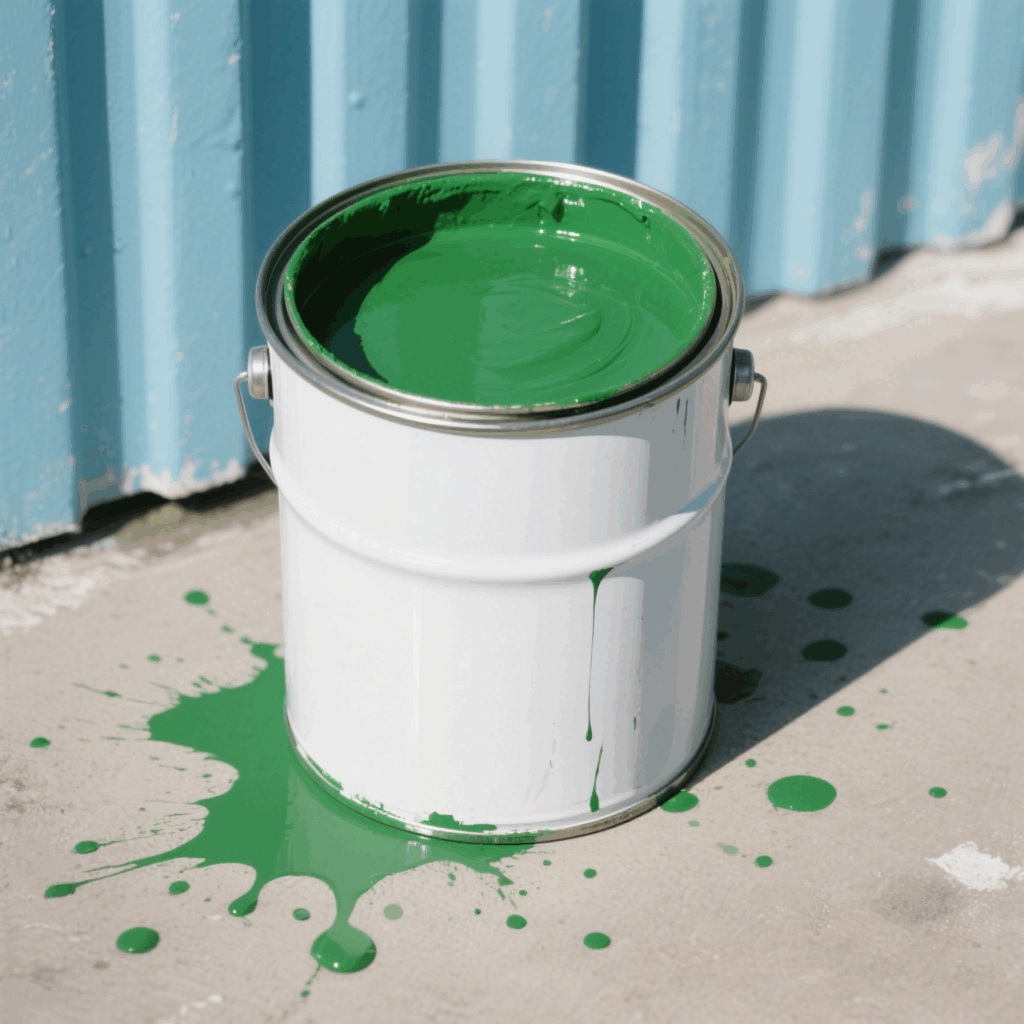Aerosol cans are deeply integrated into modern life—from styling your hair and freshening a room to painting walls or spraying insecticides. While they offer ease and utility, they also bring along significant environmental concerns. Many people believe that aerosol pollution is a thing of the past, especially after the banning of CFCs in the 1980s. However, the problem hasn’t gone away—it’s simply evolved.
In this in-depth guide, we’ll explore the ongoing environmental impacts, chemical mechanisms, current regulations, industrial practices, and emerging eco-friendly alternatives to help you fully understand the scope of aerosol can pollution in today’s world.
What Are Aerosol Cans?
An aerosol can is a pressurized metal container that dispenses its contents as a fine mist, spray, or foam when activated. Each can typically contains:
-
Product concentrate (e.g., paint, deodorant, cleaner)
-
Propellant (gas or liquefied gas to push the product out)
-
Valve and nozzle system to control the spray pattern
There are two main types of propellants:
-
Liquefied gases (like propane, butane, isobutane)
-
Compressed gases (like CO₂, nitrogen)
A Historical Perspective on Aerosol Pollution
-
1920s-1940s: Aerosols were first developed for medical and military use.
-
1941: The “bug bomb” was developed during WWII to help soldiers combat malaria by dispersing insecticides.
-
1950s-60s: Rapid commercial adoption of aerosol cans for household and cosmetic use.
-
1974: Chemists Mario Molina and Sherwood Rowland linked CFCs (chlorofluorocarbons) in aerosol sprays to ozone layer depletion.
-
1987: The Montreal Protocol was signed to phase out ozone-depleting substances globally.
-
Post-1990s: CFCs were replaced by hydrocarbons and HFCs (hydrofluorocarbons), which are less damaging to the ozone but are greenhouse gases.
The Main Environmental Pollutants from Aerosols
Even without CFCs, aerosol cans can cause significant environmental harm. Here’s how:
a. Volatile Organic Compounds (VOCs)
Most aerosols today use hydrocarbons like propane, butane, and isobutane. These compounds:
-
Are classified as VOCs
-
React with nitrogen oxides (NOₓ) under sunlight to form ground-level ozone, a major component of smog
-
Contribute to asthma, respiratory diseases, and climate warming
b. Greenhouse Gases
Some aerosols use HFCs, which do not deplete ozone but have high Global Warming Potential (GWP):
-
HFC-134a, for example, has a GWP of 1,430 (i.e., 1,430 times more warming than CO₂)
-
These gases persist in the atmosphere for years, worsening climate change
c. Solid Waste and Landfill Pollution
Globally, over 15 billion aerosol cans are produced annually. Disposal problems include:
-
Pressurized cans that are not emptied properly can explode in landfills or incinerators
-
Many cans are not recycled due to mixed materials (metal, rubber, plastic valves)
-
Remaining chemical residue contaminates soil and groundwater
d. Toxic Chemical Residues
-
Paints, pesticides, and industrial sprays may contain benzene, toluene, xylene, and other harmful chemicals
-
Residues can cause neurotoxicity, organ damage, or even cancer with chronic exposure
Human Health Effects
While environmental damage is a major concern, aerosol use also presents serious health hazards:
Short-Term Exposure
-
Respiratory irritation
-
Headaches, nausea, and dizziness
-
Eye and skin irritation
Long-Term Exposure
-
Asthma and chronic lung diseases
-
Endocrine disruption from certain chemical additives (e.g., phthalates, parabens)
-
Carcinogenic risks from persistent pollutants in certain industrial aerosols
Indoor air pollution is a major hidden danger. According to the WHO, indoor air can be 2 to 5 times more polluted than outdoor air, and aerosols are a common source of indoor VOCs.
Global Regulations and Bans
a. The Montreal Protocol
-
Phased out nearly 99% of ozone-depleting substances, including CFCs
-
Prevented an estimated 2 million skin cancer cases annually
b. Kyoto Protocol & Kigali Amendment
-
Address HFC emissions as part of climate change mitigation
-
Targeted reduction of high-GWP substances in industrial aerosols
c. Country-Specific Regulations
-
USA (EPA): VOC limits for consumer products, guidelines for aerosol content and disposal
-
EU (REACH): Strict labeling and safety data requirements
-
China & India: Gradually aligning with global standards, but face enforcement challenges
-
Thailand, Brazil, and others: Often less regulated or inconsistently enforced
Are Aerosol Cans Recyclable?
Yes—but only if handled correctly:
Conditions for Recycling:
-
Must be completely empty
-
Should be separated by metal type (steel vs. aluminum)
-
Should not contain hazardous waste (like pesticides or paints) without special treatment
Recycling Challenges:
-
Residual propellant pressure poses an explosion risk
-
Multi-material construction (plastic tips, rubber valves) complicates the recycling process
-
Low public awareness and limited collection systems in many regions
Best Practices:
-
Use up the can completely
-
Check your local recycling guidelines
-
Drop off hazardous or partially full cans at designated collection sites
Eco-Friendly Alternatives to Aerosol Cans
Innovations and consumer awareness are paving the way for greener alternatives:
a. Pump Sprays and Misters
-
Use mechanical pressure, no propellants
-
Ideal for personal care, cleaning, and gardening
b. Bag-on-Valve (BoV) Systems
-
Separate the product from the propellant using a sealed pouch
-
Reduces contamination and improves recyclability
c. Compressed Air Sprayers
-
Refillable devices powered by manually pumped air
-
Used increasingly in eco-friendly painting and automotive industries
d. Solid, Roll-On, and Cream Products
-
Deodorants, insect repellents, sunscreens available in non-aerosol forms
-
Often come in recyclable or biodegradable packaging
What Are Manufacturers Doing to Improve?
Key Initiatives:
-
Lightweight packaging to reduce material use
-
Low-VOC and zero-VOC formulations
-
Eco-certifications like Green Seal, EcoLabel, and EPA Safer Choice
-
Refillable packaging systems to encourage reuse
Example: FANXUN
FANXUN, a world-class aerosol manufacturer, leads with sustainable innovation:
-
Uses low-emission propellants
-
Invests in eco-formula R&D
-
Offers private-label production aligned with international environmental standards
-
Educates global partners on compliance and disposal best practices
What Can You Do to Reduce Aerosol Pollution?
As a consumer, you hold power through your choices. Here’s how you can help:
✅ Buy non-aerosol alternatives whenever possible
✅ Use products completely before disposal
✅ Recycle according to your local waste program
✅ Support brands with transparent environmental practices
✅ Reduce overall consumption—sometimes less is truly more
The Future of Aerosols: Innovation & Responsibility
The aerosol industry is changing. From CO₂-based propellants to AI-controlled spray systems and plastic-free packaging, technological evolution is underway.
At the same time, global consumer awareness is driving companies to become more accountable.
Sustainability is no longer a bonus—it’s a necessity.
Final Thoughts: Is Aerosol Pollution Still a Problem?
Yes—but it’s no longer just about the ozone layer. The challenge today is broader:
-
Combating VOC emissions and indoor air pollution
-
Managing toxic waste and recycling infrastructure
-
Reducing greenhouse gas emissions from propellants
-
Holding industry and consumers responsible for sustainable choices
By staying informed and advocating for change, we can dramatically reduce the environmental and health burdens of aerosol products—without sacrificing convenience.















